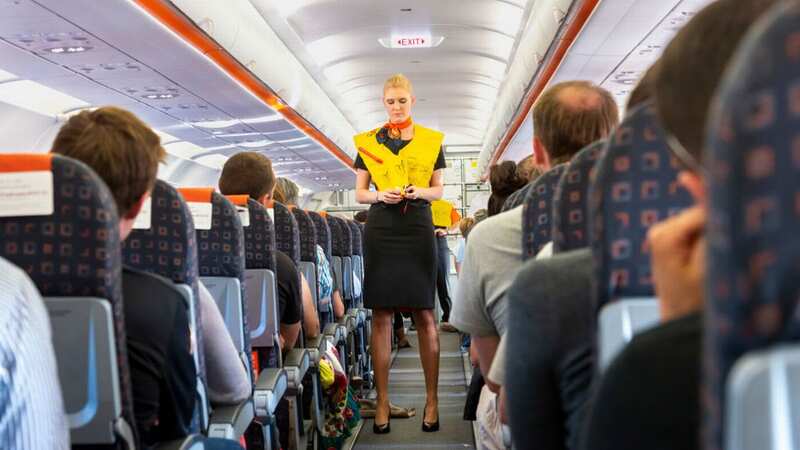Flight attendant says there's a protocol in place if someone dies mid-flight

A cabin crew member has lifted the lid on a grisly reality of life working the skies.
Flight attendants are equipped to deal with all sorts of in-air eventualities, from calming down nervous flyers to making sure that your bags are neatly tucked away under the seat in front of you. Alongside such everyday normalities there are parts of the job that are a little less routine.
Although exact global figures are hard to come by, on average 360 deaths are recorded every year on planes flying over the US, or one on every 45,000 flights, according to Chicago Tribune analysis.
The International Air Travel Association put the figure around one passenger death per 40,000 flights, but others has this number closer to one in 200,000. A study in the New England Journal of Medicine reported one mid-flight medical emergency per 604 flights.
 Hundreds of people die on commercial flights every year (Getty Images/iStockphoto)
Hundreds of people die on commercial flights every year (Getty Images/iStockphoto)Given the enormous number of people who fly on a commercial aircraft every year - close to three billion globally - such a range does not seem outrageously high. What may be more surprising, particularly if you are unfortunate enough to witness someone tragically losing their life on a plane, is how the incident is dealt with.
 Red Arrow pilot forced to send out emergency alert after bird smashes into jet
Red Arrow pilot forced to send out emergency alert after bird smashes into jet
Former flight attendant Lisa Hughes has explained what happens if a passenger falls ill. In collaboration with My Voyage Scotland she said: "When a passenger falls ill during a flight, the crew immediately assesses the situation. We are trained in basic first aid and have emergency medical kits onboard.
"The first step is to ask if there are any medical professionals on the flight willing to assist. We also communicate with the cockpit to inform the captain of the situation. Depending on the severity, the crew may administer basic care, such as providing oxygen, medication, or other first aid measures."
If there is a chance doing so may help the person, in serious cases the captain may decide to divert the flight to the nearest airport in a bid to find medical assistance. Airlines often consult with medical professionals on the ground via a dedicated communication line to work out how best to help an unwell passenger.
If such action would prove too late and a passenger dies, most often their body is moved to a more private area. This could be an empty row, a business class seat, or a crew rest area. Crew members then attempt to retain the person's dignity as much as possible, sometimes by covering the body and making sure it is not in view of other passengers. The plane usually continues to its destination, where authorities take over.
According to Dr. Claudia Zegans, associate medical director of Global Rescue, a death on a plane doesn’t require an emergency landing or diversion. "There is no mandate to alter the flight path in the event of a death in flight. The pilot must follow certain notification regulations, depending on the country and jurisdiction of the destination airport, as well as company protocol," she said. "Typically, the pilot won’t specify that there’s been a death, but rather a medical emergency; if pilots decide not to divert, the cabin crew will be tasked with handling the body in the interim. The focus is always on dignity."
Check out by signing up to our free weekly newsletter.
Read more similar news:
Comments:
comments powered by Disqus

































